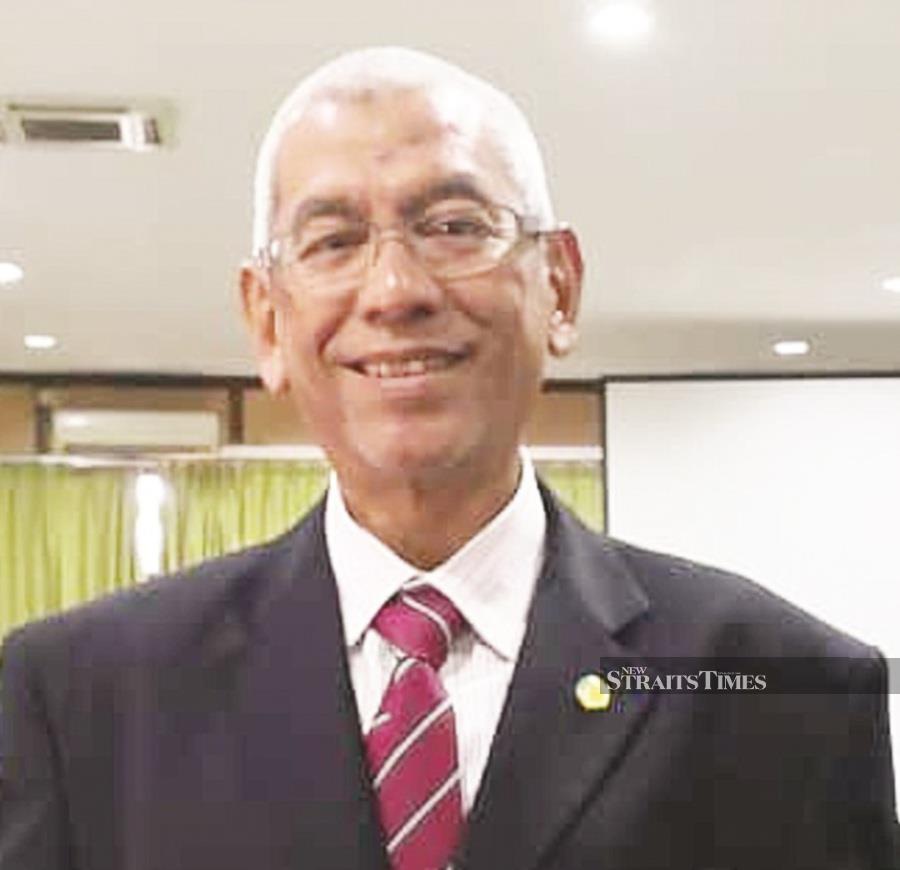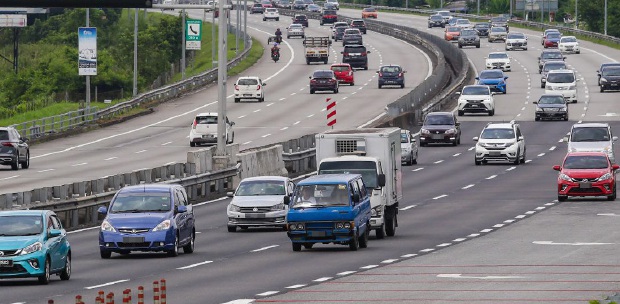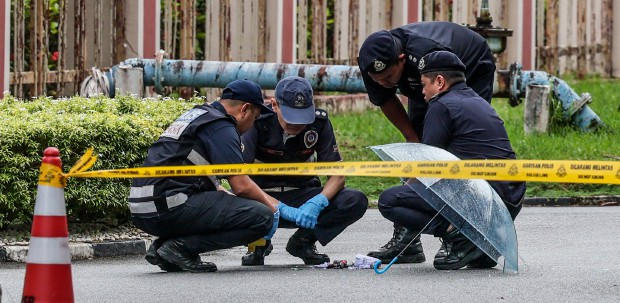GUNUNG Pulai, an underrated historical landmark formed some 450 million years ago by the collision of tectonic plates in Baling, Kedah, is in danger of being wiped off the map.
The battle to preserve the 613m-tall mountain began in 1996 when the then state government approved a limestone quarry project to Yiked Holdings Sdn Bhd, a company under the Kedah Islamic Foundation.
The Environmental Impact Assessment (EIA) for the project had been approved, but it lapsed, as no quarrying was carried out.
The EIA was given a new lease on life in 2014, but lapsed again in February.
Its fate now depends on whether any other plan for it outweighs the supposed financial gains for the Kedah government from the quarrying project.
At this critical juncture, a fresh EIA assessment is being carried out to legitimise the extraction of the resources buried underneath this landmark.
For the record, the previous EIAs had missed out on the compulsory Heritage Impact Assessments (HIA) of the area.
The National Heritage Department confirmed that this requirement, a prerequisite involving projects that could damage historical artefacts, was not met.
The federal agency is not alone in its thinking that Gunung Pulai and its still-undiscovered heritage could rewrite history.
Two experts, a geomorphologist and an archaeologist, have expressed their concerns about the fate of the mountain (see accompanying story).
Yiked Holdings, which was given the rights to mine 16.6 million sq m of the mountain, said it would extract the resources in a “systematic, sound and professional way” but it did not spell out how.
The proponents of this proposed project said: “If the site remained in its existing condition, the area adjacent to it shall not enjoy the benefits in terms of development and reutilisation of the area.”
According to the EIA report, with 16.6 million sq m to be mined, the company would extract some 52,000 tonnes of limestone a month, assuming it operates 10 hours a day, with 100 lorry trips per day.
It would have mined 40.2 million metric tonnes of limestone when it is finally done.

That, based on projected calculations, would rake in about RM800 million worth of limestone.
Dividing that over the 78 years of the projected lifespan of the quarry, that would bring the mining company no more than RM10 million a year.
While few solid arguments have surfaced to back the preservation of the mountain, some digging up has revealed that local authorities had marked the area as Kedah’s Protected Geo-heritage Site.
Official signs in the area to indicate its status were never built.
This status, which effectively qualifies it as a national-level heritage site, was never given the attention it warranted, for reasons not explained.
Experts and scientists have established that the formations within the range date back 450 million years, between the Silurian and Devonian ages, making it one of the country’s oldest mountain ranges.
Seven of the many more caves in Gunung Pulai — Gua Kelambu, Gua Gelap, Gua Ikan, Gua Kambing, Gua Lesong, Gua Layang-Layang and Gua Tok Shek — are listed as part of the geo-heritage site.
Many lie in the area marked out for the limestone mining project.
Bukit Baling, which stands at the other end of this horseshoe-shaped range, had, over the past years, been mined for its limestone.
The Minerals and Geoscience Department is the federal agency responsible for, among others, the study of geoscience and the environment, as well as dentifying areas of possible geological value yet to be fully explored.

Its director for Kedah, Perlis and Penang, Azhari Ahmad, said the department had given its input on areas that the EIA must cover.
Kedah Menteri Besar Datuk Seri Mukhriz Mahathir had, in September, told residents at a gathering that he would hold discussions with all parties before a decision was made on whether Gunung Pulai would be preserved, or turned into a quarry.
Those fighting to save the mountain are convinced that with political will and support, Gunung Pulai and its surrounding areas, which offer tourism attractions, could generate a sustainable, long-term income stream for the state, providing residents with business opportunities in the hospitality, food and beverage, pharmaceutical, and eco-tourism industries, while preserving the environment and Baling’s aesthetics.
In the “Save Gunung Pulai” WhatsApp group, which this reporter is a part of, the kampung folk have embarked on various systematic and concerted programmes to tap the eco-tourism potential offered by Gunung Pulai and its cave network, including mountain climbing and hiking, and cave exploration, since the countdown for the quarrying was said to have begun.
They are hoping that their efforts to promote the area would save the mountain, saying that this could also save the state from spending millions of ringgit to mitigate possible environmental damage caused by quarrying.
National Heritage Department director-general Mesran Mohd Yusof said Gunung Pulai would be better protected if it was declared a National Heritage site (see accompanying story).
The department’s and experts’ fears, if the quarrying plans were to proceed, are valid.
They were unequivocal in their stand that historical and archeological artefacts in the area would be destroyed and that the nation would lose valuable historical data and heritage.
It will also be the end of eco-tourism activities and attractions at the mountain.
And we are not even talking about the environmental disaster that could ensue when all that is left of Gunung Pulai is a barren carcass.






